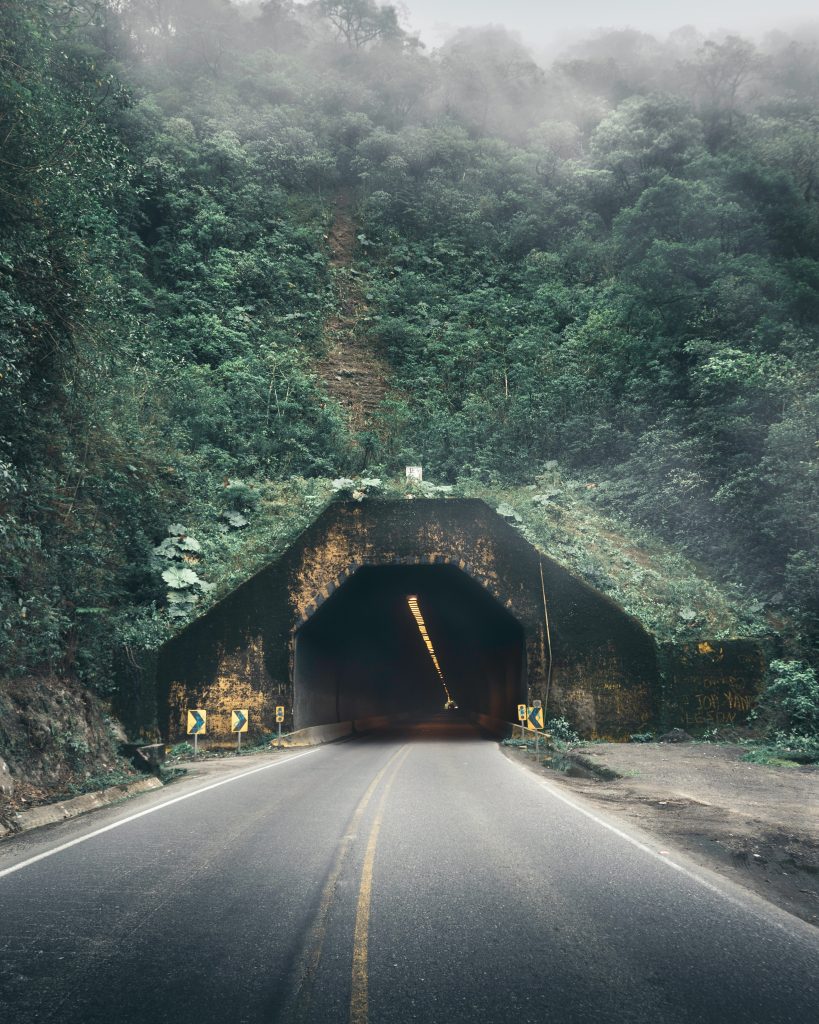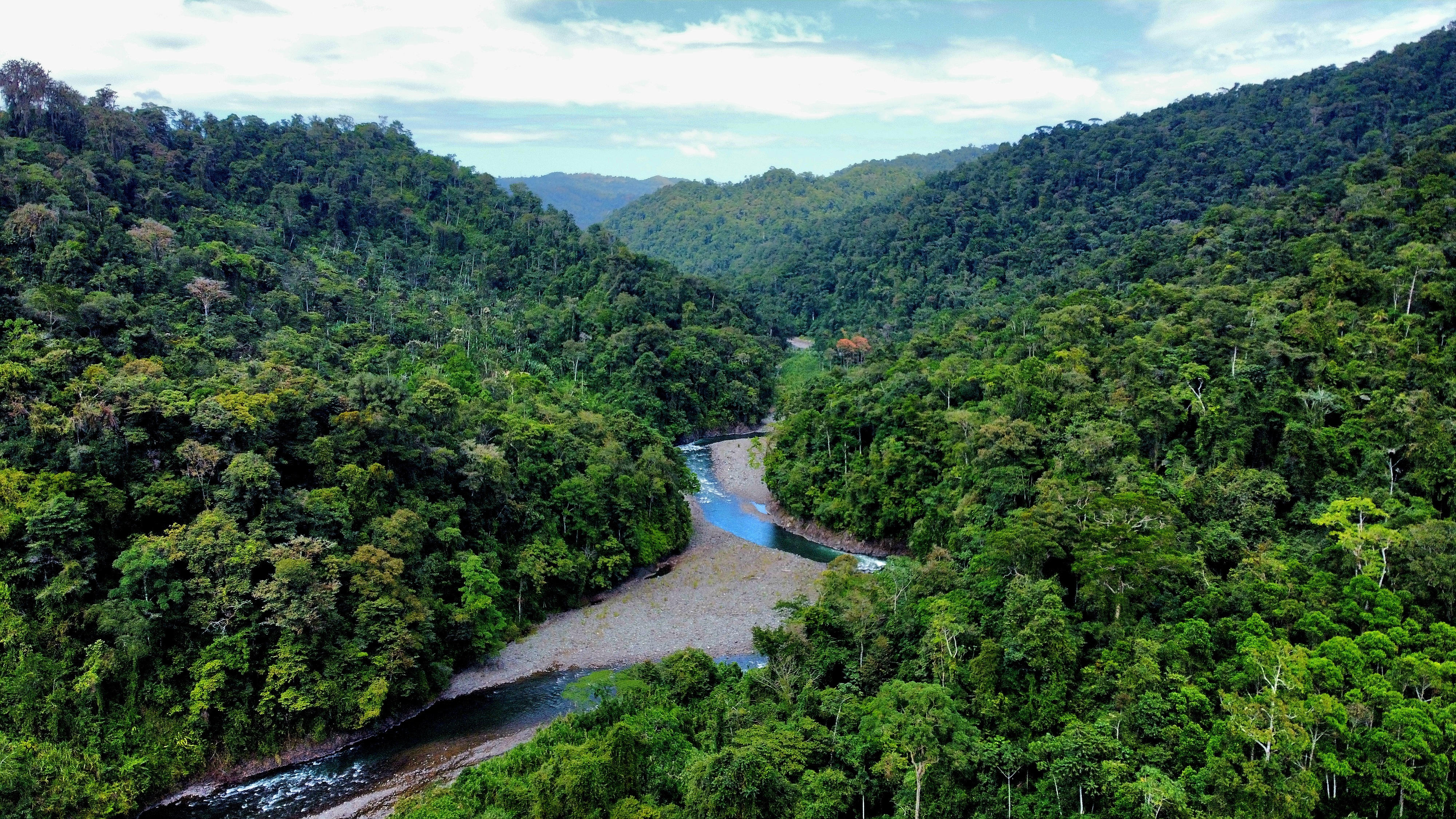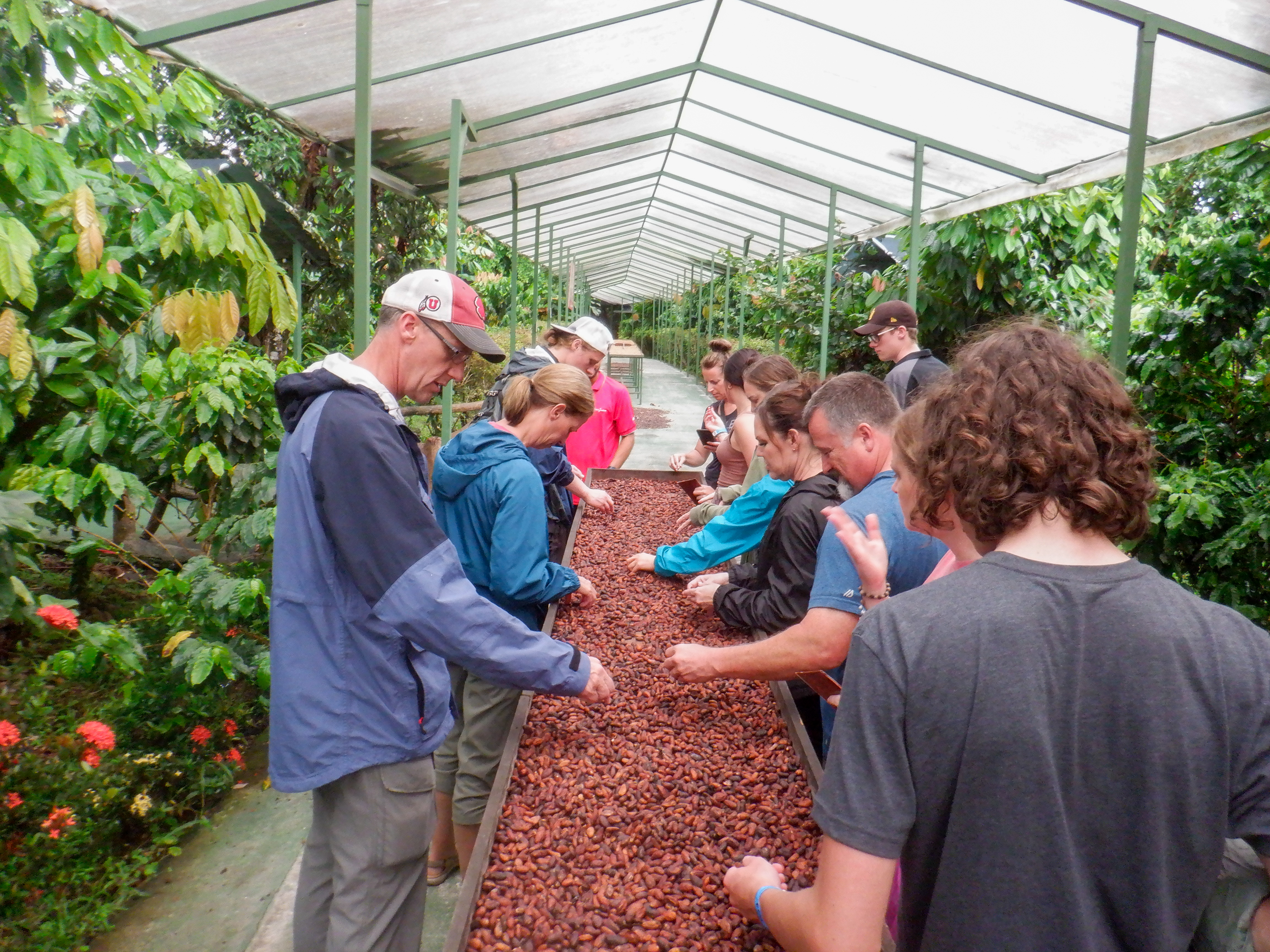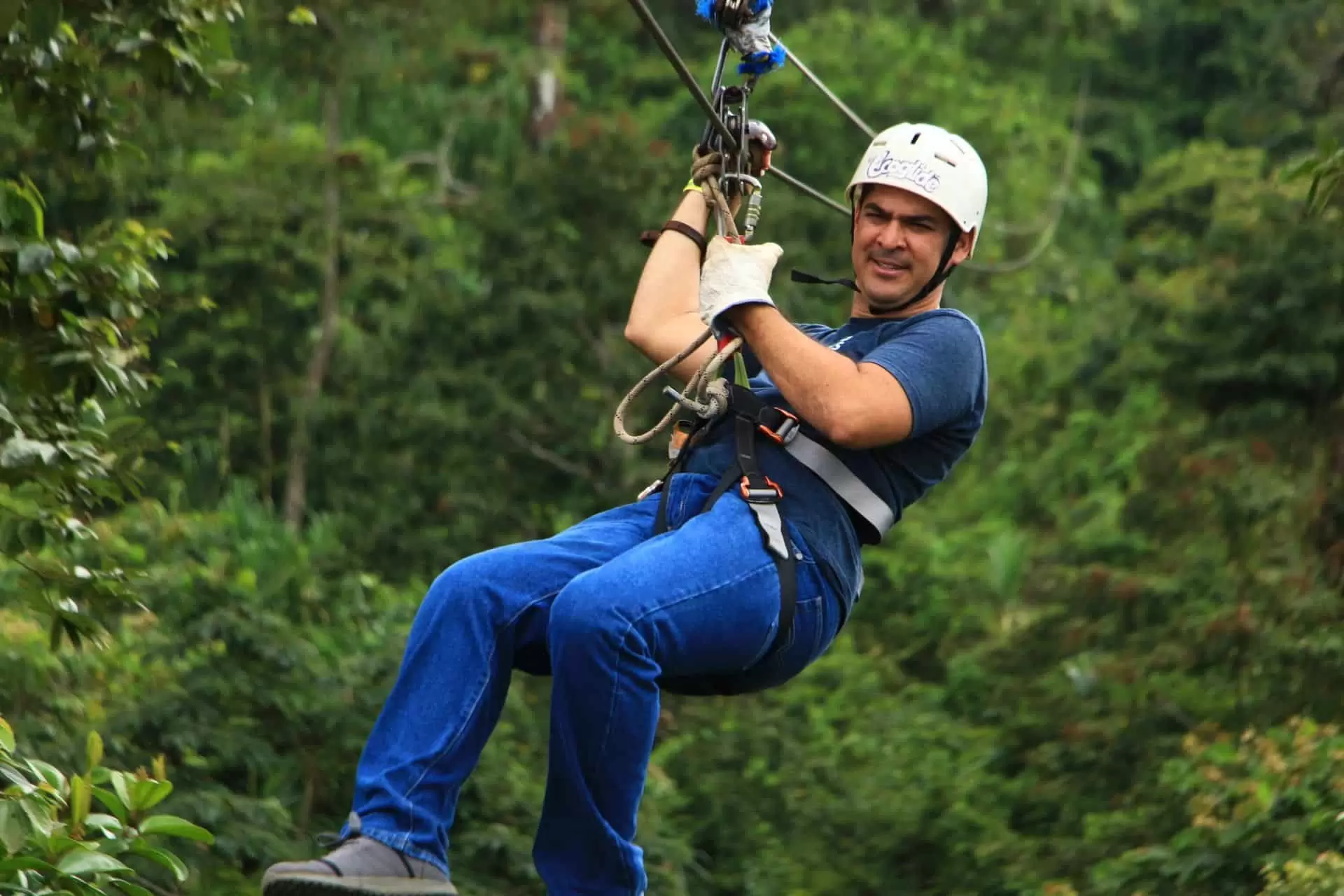What to expect if you decide to rent a car in Costa Rica
Costa Rica traffic is notoriously bad. Costa Rica’s traffic can vary depending on the time of day and location. During rush hour in larger cities, such as San José, traffic can be heavy and congested. In smaller towns and rural areas, traffic is generally less of an issue. However, it’s important to note that road conditions and signage may not be as well-maintained as in more developed countries, so it’s important to exercise caution while driving in Costa Rica. Public transportation is also an option, but it is not as extensive as in other countries.
Renting a car in Costa Rica can be a good option if you plan to travel around the country and explore different areas. However, it’s important to consider a few things before making a decision:


Road Conditions
The road conditions in Costa Rica can vary depending on the region and the type of road. In general, the main highways and roads in the more developed areas of the country, such as the Central Valley and the Pacific coast, are generally in good condition. However, the roads in more remote or rural areas of the country can be in poor condition and may be poorly maintained.
Here are some things to keep in mind about the road conditions in Costa Rica:
Potholes can be a common problem on roads in Costa Rica, particularly during the rainy season. They can cause damage to your vehicle and make the drive more difficult.
Many roads in Costa Rica are narrow and winding, and may not have shoulders, which can make it difficult to pass other vehicles.
There are many steep inclines on Costa Rican roads, particularly in mountainous areas, which can be challenging for vehicles with low power.
Some roads in Costa Rica have poor visibility due to overgrown vegetation, which can make it difficult to see other vehicles or pedestrians.
Road signage in Costa Rica can be inconsistent, and it is not uncommon for signs to be missing or difficult to read.
There are also ongoing road constructions in some areas of the country, which can cause traffic delays and detours.
If you’re not comfortable driving on these types of roads, it may be better to stick to using public transportation or hiring a driver.
Navigation
Driving in Costa Rica can be an adventure. Many roads are not well-marked. We recommend purchasing wifi with your rental to maximize GPS coverage. It’s important to familiarize yourself with the roads and plan your route before setting off.
The driving style can be different than what some visitors are used to. Additionally, many roads can be narrow and winding, and may not have clear markings or signage.
Finding an address in Costa Rica can be a bit challenging as the street numbering and naming system can be inconsistent and not all streets are named or even have street signs. However, there are a few ways you can try to locate an address in Costa Rica:
- Use an online map service such as Google Maps or Waze. These services have been updated with many Costa Rican addresses, and can provide turn-by-turn directions.
- Ask locals for directions. Many Costa Ricans are happy to help visitors find their way around and will give you directions based on landmarks, such as a specific building or store, rather than an address.
- Use a GPS device or smartphone. Many GPS devices and smartphone apps now have maps of Costa Rica and can provide turn-by-turn directions.
- Contact the establishment or person you are trying to locate. They may be able to provide you with more detailed directions, or even arrange for a driver to meet you at a specific location.
It’s always a good idea to have the phone number of the place you’re trying to go in case you get lost. Also, it’s better to have the address written in Spanish, as it will be more helpful for locals to understand you.
Safety
Costa Rica has a relatively high accident rate, so it’s important to drive defensively and pay attention to the road at all times. This means being aware of your surroundings, obeying traffic laws, and being mindful of other drivers on the road who may be driving recklessly.
Drivers in Costa Rica tend to drive fast and can be aggressive on the road. It’s common to see cars passing on blind curves or merging without signaling. It’s also important to be aware of the many motorcycles, bicycles, and pedestrians on the road.
It’s important to pay attention to the road conditions, and drive slowly when the road is in poor condition, or when visibility is poor. Also drive during the day if at all possible (it gets dark in Costa Rica around 5-6pm year round)
It’s also worth noting that the tourism industry in Costa Rica is increasing, and with it the number of cars on the road. This can lead to increased traffic and congestion, as well as an increase in the number of accidents on the road.
It is also important to have a valid driver’s license, and be aware of the local traffic laws.
It is also common for animals to be present on or near roads, so be vigilant and watch out for them. It is advisable to rent a car with 4×4, as many of the roads are dirt roads.
Insurance
Make sure the rental car insurance is included in your rental or purchase additional coverage.
It’s worth noting that some credit cards offer rental car insurance coverage as a benefit, so it’s a good idea to check with your credit card company to see if this type of coverage is included with your card.
Also, even with insurance coverage, the rental car company may charge an additional fee for damages, in that case it’s worth to take pictures of the car before and after the rental, in case there’s a dispute.
It’s always best to review the options carefully, understand the coverage and compare prices before making a decision. Since traffic conditions can be challenging and rental cars are often subject to wear and tear, it is recommended to get a comprehensive insurance coverage while renting a car.
Another thing to keep in mind is that in Costa Rica, vehicles drive on the right side of the road and Costa Rica has a zero tolerance policy for drinking and driving, and the legal blood alcohol limit is 0.75 grams per liter.
Parking
Parking can be difficult to find in some areas, especially in cities and tourist hotspots. Be prepared to pay for parking and/or park some distance away from your destination.
In tourist areas, parking can be more limited and can vary depending on the specific location. In popular destinations such as Manuel Antonio, Jaco, and Tamarindo, parking can be difficult to find during peak tourist season. Some tourist areas have designated parking lots that may charge a fee, while others have limited street parking available.
Private businesses may offer paid parking on their property. It’s also common to see parking attendants in tourist areas to assist with parking and collect fees. It is always best to check the parking options before heading to a tourist area and plan accordingly.
Gas
Gas stations can be found in most towns and cities throughout Costa Rica, and many are open 24 hours a day. In rural areas, gas stations may be farther apart, so it’s a good idea to fill up when passing through larger towns. It’s also worth noting that some gas stations in Costa Rica only accept cash, so it’s a good idea to have local currency on hand when filling up.
Since gas stations can be few and far between in rural areas, use a map or GPS navigation app to find a gas station where you are traveling. Many popular map apps such as Google Maps and Waze will show the locations of nearby gas stations. You can search for “gas station” or “gasolinera” to find the closest one to your location.
It is also a good idea to ask a local where a gas station would be on your journey and fill up before you leave the area you are currently in.
Cost
Renting a car can be expensive, especially if you’re planning to drive a lot. It’s important to factor in the cost of gas, parking, and insurance when deciding whether to rent a car.
Also, even if you rent from a major well known company, sometimes there are not cars available when you arrive to pick up your car. You are then scrambling to find alternative transportation at the last minute.
It’s always best to shop around and compare prices from different rental car companies, and be sure to read the fine print and understand all of the fees and charges associated with renting before you commit to a car in Costa Rica.
Environmental Impact
Renting a car in Costa Rica can have a significant environmental impact due to the emissions generated by the car. Cars are a major source of air pollution and are a significant contributor to climate change.
In Costa Rica, the majority of the cars are gasoline-powered and the quality of gasoline may not be as high as in other countries, which can lead to higher emissions. Additionally, roads in Costa Rica may not be as well-maintained, which can lead to increased wear and tear on the car and higher emissions.
Another environmental impact of renting a car in Costa Rica is the increased traffic congestion and road damage that can occur as a result of more cars on the road. This can lead to increased air pollution and greenhouse gas emissions, as well as damage to roads and other infrastructure.
It’s also worth noting that the tourism industry in Costa Rica is increasing, and with it the number of cars on the road. This can lead to increased traffic and congestion, as well as an increase in the number of accidents on the road.
There are also environmental concerns related to the carbon footprint of the rental car companies. The rental car companies are responsible for their fleet maintenance and disposal, and not all of them may have sustainable policies in place.
On the other hand, Costa Rica is a country that has a strong commitment to sustainability and the protection of the environment. Some rental car companies have implemented environmentally friendly policies, such as using electric or hybrid cars, promoting carpooling, or even offsetting their carbon footprint.
Overall, renting a car in Costa Rica can have a significant environmental impact, but it can be mitigated by choosing a rental car company with sustainable policies and by driving responsibly.


Generally speaking, car rentals are for the adventurous driver and should be considered only after doing all the research about the current road conditions, gas stations, parking costs and travel route for each area of your well planned itinerary before committing to a car rental.
We also recommend having back up transportation options as well as back up routes if traffic or road conditions make travel to your destination difficult. We have stories of drivers being able to get to the airport on time due to having a backup plan when a last minute problem came up with their chosen route.
Happy Traveling and be safe out there. Pura Vida!





